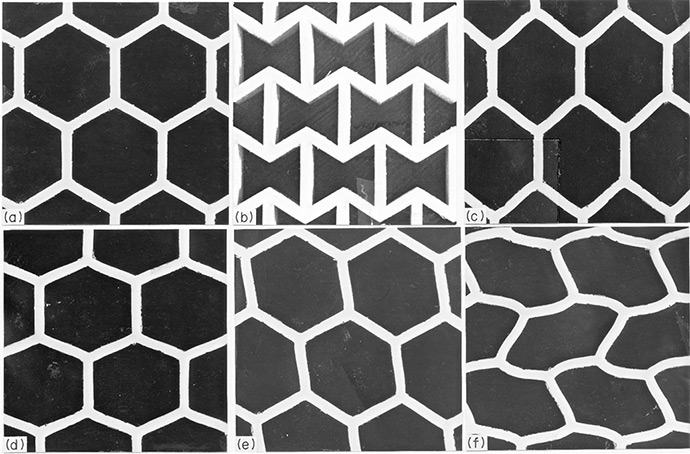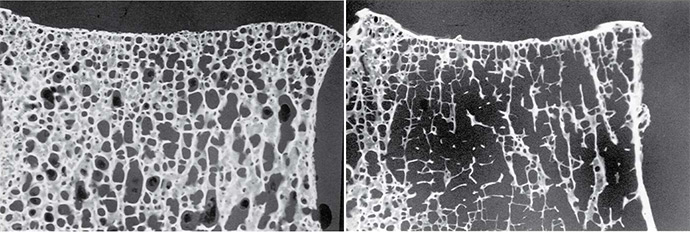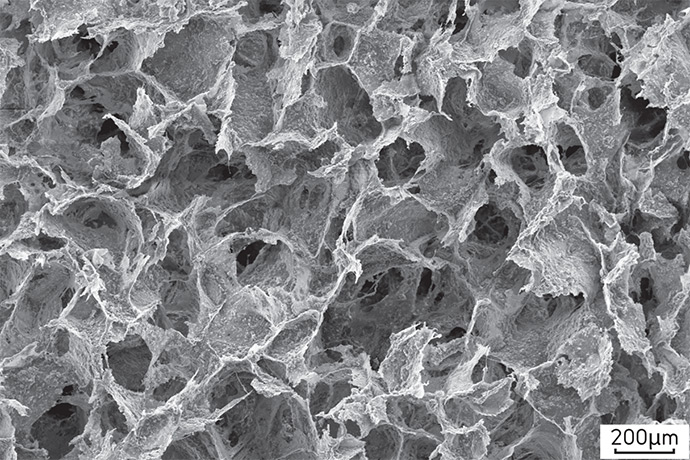Many materials have a cellular structure, with either a two-dimensional array of prismatic cells, as in a honeycomb, or a three-dimensional array of polyhedral cells, as in a foam. Engineering honeycombs and foams can now be made from nearly any material: polymers, metals, ceramics, glasses and composites, with pore sizes ranging from nanometers to millimeters. Their cellular structure gives rise to a unique combination of properties which are exploited in engineering design: their low weights make them attractive for structural sandwich panels, their ability to undergo large deformations at relatively low stresses makes them ideal for absorbing the energy of impacts, their low thermal conductivity makes them excellent insulators, and their high specific surface areas make them attractive for substrates for catalysts for chemical reactions. Cellular materials are increasingly used in biomedical applications. Open-cell titantium foams are being studied for coatings for orthopaedic implants. Porous scaffolds for regeneration of damaged or diseased tissues often resemble an open-cell foam. Cellular materials are also widespread in nature in plant and animal tissues: examples include wood, cork, plant parenchyma, trabecular bone and lung alveoli.
Our group does both modeling and mechanical testing on a wide range of cellular solids. Our group has contributed to the understanding of the mechanics of cellular solids, as well as to their use in many of the above applications. Currently we are working on the structure and mechanics of bamboo, with a view to the development of structural bamboo products, and of balsa, with a view towards guiding the design of engineering materials inspired by balsa.
See the course video for 3.054x, Cellular Solids 1: Structures, Properties and Engineering Applications.
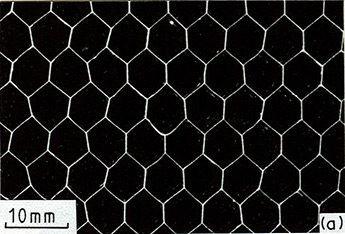
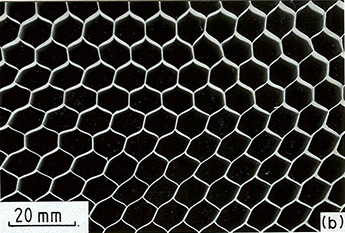
(a) Aluminum and (b) paper-phenolic honeycombs. From Gibson LJ and Ashby MF (1997) Cellular Solids. Second Edition, Cambridge University Press.
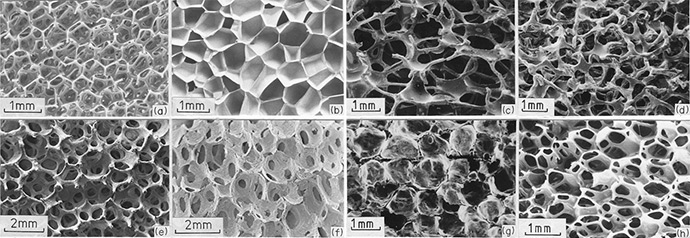
(a) Open-cell polyurethane (b) closed-cell polyethylene (c ) nickel (d) copper (e) zirconia (f) mullite (g) glass foams and (h) a polyether foam with both open and closed cells. From Gibson LJ and Ashby MF (1997) Cellular Solids. Second Edition, Cambridge University Press.


